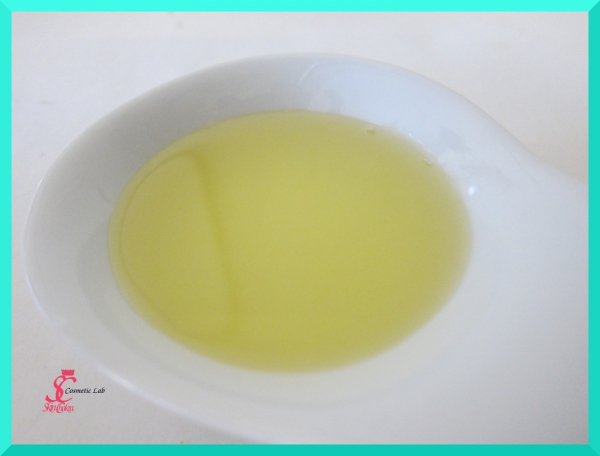for previous posts about fats, butters and oils click here to land on part I.

No matter whether you are a nutrition expert, a soap maker or a lotion maker, when working with fats and oils you need to know the fatty acid spectrum of a given fat, oil or butter (and even wax) to be able to predict its nutritional facts and impact on health, the shelf life and necessary storage conditions, spreadability and emolliency of that fat or oil. Sometimes you can even replace a given fat or oil with another one with a similar fatty acid spectrum if in the middle of a process you realize that you're out of a specific substance.
Olionatura has a series of excellent diagrams depicting the fatty acid spectrum of the most common cosmetic oils. Unfortunately the diagrams are in German.
USDA has an excellent database for edible fats and oils (National Nutrient Database for Standard Reference
Release 25).
Another useful source is "Oils of Nature" by Anthony J. O'Lenick, David Steinberg, Kenneth Klein and Carter LaVay from Allured.
"Carrier oils for Aromatherapy and Massage" from Len and Shirley Price is another useful resource for all those who are interested in plant oils.

In the above diagram I've depicted the fatty acid spectrum of the most common cosmetic and soap making fats and oils. All butters and oils have plant origin except beef tallow which is mentioned for a simple comparison. The Fatty acid spectrum of each fat/oil is depicted as percentage of saturated fatty acids, mono unsaturated fatty acids (MUFA) and poly unsaturated fatty acids (PUFA).
BeHappy